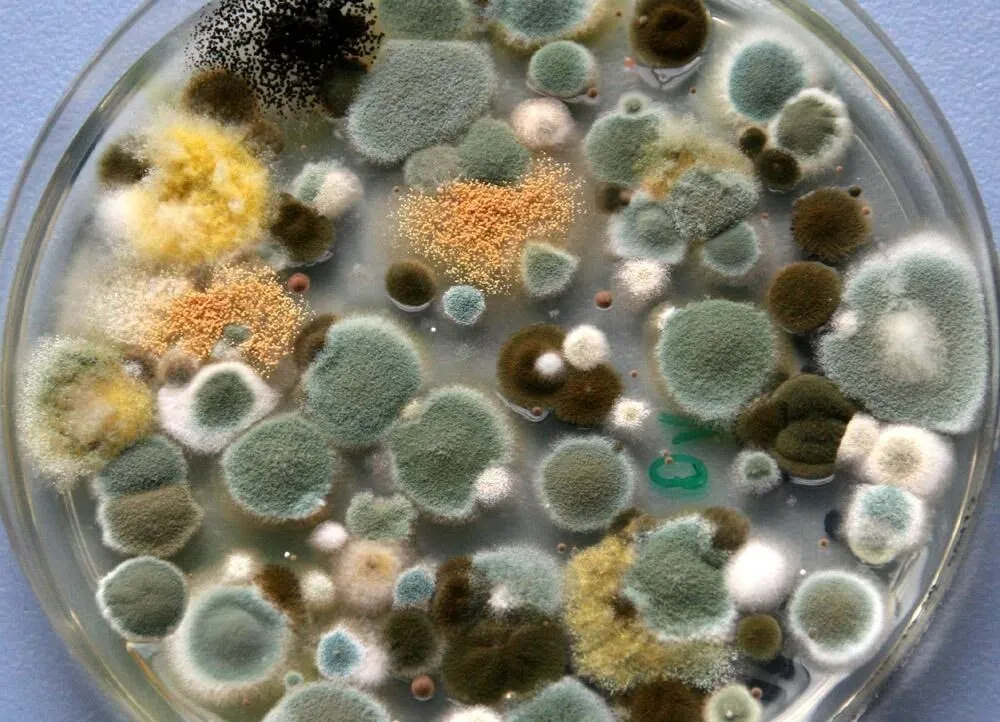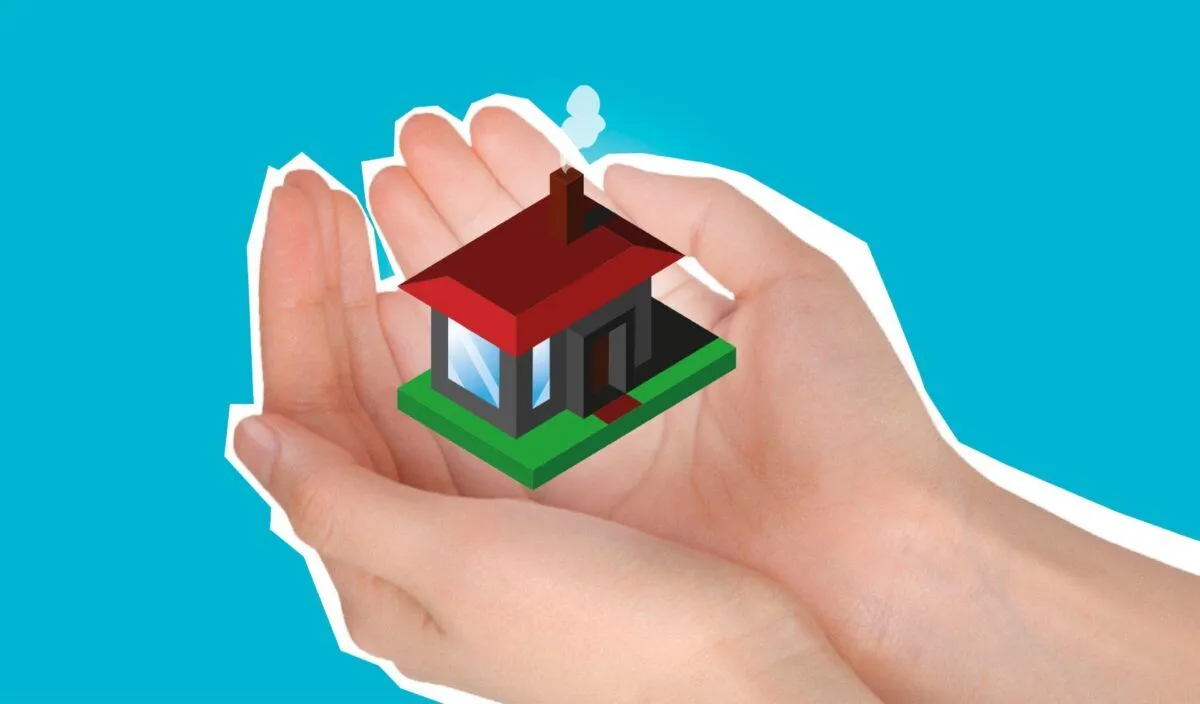What is Mold Remediation – Process & Cost

Close up of a female worker of cleaning service removes mold from wall using spray bottle with mold remediation chemicals, mold removal products. Mold in your home is almost always bad news. Mold is a fungus designed to digest dead trees into forest soil, but it can’t tell the difference between a house and a tree. It likes to grow in any material that is saturated with moisture, and it only has to be soaked once for the mold to start a colony. From there, it will try to live off the moisture in the air and any nutrients it can eat from the new home. Mold likes to grow in drywall after a leak, furniture after a flood, and can take hold in the carpet with just a spill that dries slowly. It can eat away at structural beams and cause roofs to sag.



